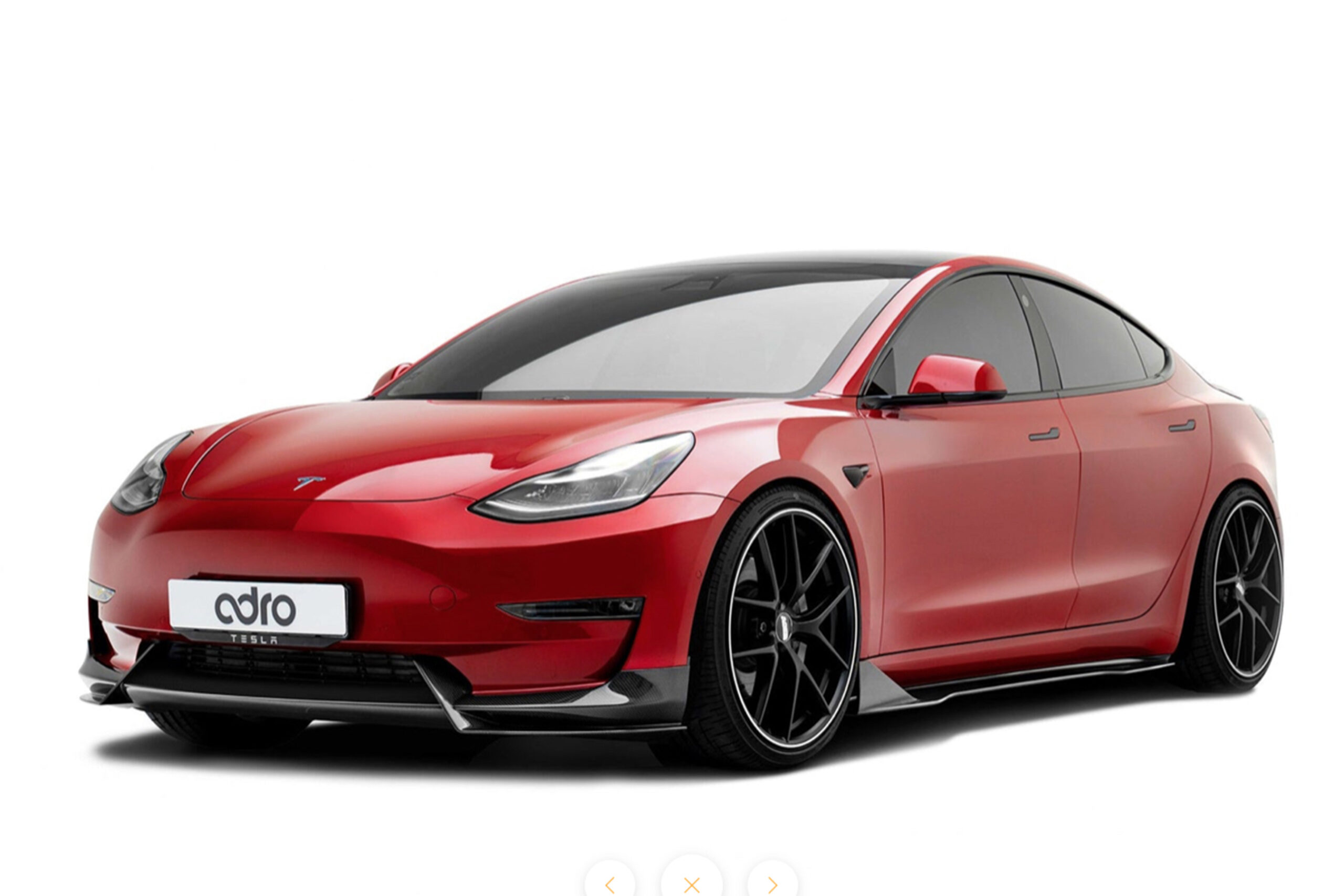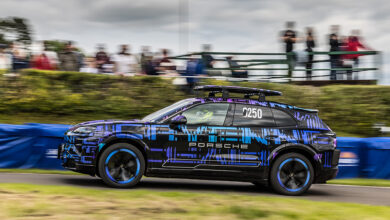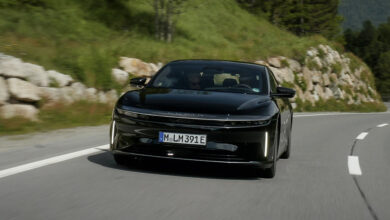
This article originally appeared in the January 2023 issue of THE SHOP magazine.
By Jason R. Sakurai
It’s all the same, only the names have changed—from “automotive” to “mobility.”
With it has come differing attitudes and ideologies. Electric vehicles (EVs) aren’t going away, and we have politicians, environmentalists, advocates and futurists to thank for it.
Ernst & Young LLP launched a survey called the EY Mobility Consumer Index (MCI) in 2020 to document changes in travel patterns in what it calls “the post-COVID world.” Monitoring car buying intent, the pace at which EVs are being adopted and consumers’ car buying processes, plans call for yearly updates, with the information used in this article coming from March 2022.
What can be gleaned from the survey’s four major themes—Mobility & Travel Behavior, Electric Vehicles & Sustainability, Car Buying & Powertrain, and Retail Analysis—is information that, as aftermarket professionals, we may not agree with or have read previously.
Despite knowledge to the contrary or differing opinions, however, it’s important to understand that these types of surveys influence those in positions of power and help shape the policies they put in place that affect the automotive industry.
MOBILITY & TRAVEL BEHAVIOR
Since the pandemic, travel has declined 9% overall, including approximately 11% work-related travel and 8% leisure travel. Further, 17% of respondents worked from home three to four times a week before COVID, a figure that’s now at 31%.
Public transit saw the greatest pandemic-related decline at 13%, with much of the dip due to heightened safety concerns. Post-pandemic, many of those safety concerns remain and riders have not returned in numbers seen previously.
Meanwhile, instances of subscribing to or renting a car also dropped a percentage point over the past two years, from 17% to 16%.
This satisfaction gap is a challenge for public transit authorities while sustainable transportation remains a climate change initiative. The survey shows 46% of consumers say they would reduce private vehicle usage if public transit was free and 38% say tolls or charges in urban areas would make them take fewer trips by car.
Road usage fees are being used by city officials to offset decreasing fuel taxes as EVs become more prevalent.
ELECTRIC VEHICLES & SUSTAINABILITY
The 2022 survey says 52% of car buyers would prefer an EV as their next purchase, whether it’s fully electric, a plug-in hybrid or a traditional hybrid. These days, nearly three times the number of buyers want a fully electric car—20% versus 7% in 2020. Meanwhile, desire for plug-in hybrids grew from 7% to 10%, and for traditional hybrids from 16% to 21%.
At 38%, the environment is the major motivating factor for purchasing an EV, with penalties on internal combustion engines (ICE) next at 34%. One-quarter of respondents believe EVs represent a lower ownership cost, equal to those stimulated by monetary incentives. At 24%, EVs with longer ranges impacted buying decisions.
More than 20 governments have increased electrification targets or ICE bans, and 60 countries including the European Union have made net-zero pledges through 2050, further driving EV adoption.
The top inhibitor to an EV purchase in 2020 was the high upfront cost, which two years later is now third at 27%. These days, uppermost in buyers’ minds at 34% is the lack of charging stations, followed by range anxiety at 33%.
Nearly two-thirds of buyers expect home charging to be included in the price of an EV and delivered with the vehicle, an expectation shared with 52% who already own an EV.
Meanwhile, 44% believe EVs should be part of their home energy management system, and 47% say that for them to buy an EV it needs to be part of a complete energy package that also includes things like solar panels, in-home storage and the ability to feed the grid.
CAR BUYING & POWERTRAIN
The 2022 survey shows 45% of consumers intend to buy a car, up 12% since the 2020 poll.
Around 63% said they planned to buy in the next 12 months, with the balance at 24 months. Nearly two-thirds were eyeing a new car, while 13% would opt for a pre-owned vehicle.
Demand is occurring despite the Federal Reserve raising the Federal Funds Rate in March, May, June, July and September 2022. Gross Domestic Product increased by 6.9% in 2021, the largest one-year jump since 1984, while inflation soared by 7%, the largest increase since 1982.
In one year, the need for a personal car increased by 8%, up to 63%, the same percentage buyers attributed to their safety and well-being. In 2021, EVs more than doubled their global market share to 17%, up from 7% in 2019.
Results show 64% of EV buyers care about the well-being of the environment and are open to using environmentally friendly transportation modes, versus 46% overall. That same number, 64%, believe it is their responsibility to reduce their personal environmental impact, and 58% prefer EVs when riding in a cab or taxi.
Nearly 41 million used cars were sold in the U.S. in 2021, a 10% year-over-year increase, while 15 million new cars were sold—numbers expected to remain constant this year.
Personal mobility preferences, lower new-car inventories and technological advancements that increased the average price of a new vehicle have caused more buyers to consider used vehicles. In the first half of 2021, CarMax noted triple the number of used vehicles purchased directly from owners as dealership trade-ins lose share.
OEMs say improvements in new-vehicle production in 2022 are helping stabilize used vehicle prices, but looking at the dearth of inventory at dealerships the rise in used car sales will likely continue.
RETAIL ANALYSIS
Demographics from the survey are 12% Gen Z, 29% millennials, 25% Gen X and 34% baby boomers. Approximately one-third reside in cities and 19% in suburbs, with rural areas at 20%, medium-sized cities at 19%, and small towns at 11%.
While 31% were considered low income, 57% were middle income and 12% high income. Gender was split evenly between men and women.
The retail analysis also shows that digital sales and service models are evolving, driven by changes in customer buying preferences and technological advancements. Nearly 60% of buyers use online price calculators, and 58% say booking a test drive interests them.
Car configurators appeal to 47% of buyers, while payment by card, making an offer and having a vehicle delivered to their home are all reasons to shop online.
As the customer buying journey trends more virtual, dealers need to reassess how to integrate both online and offline elements. Digital tools have caused buyers to have different vehicle purchasing expectations, and the technology present on one dealer’s website is expected to be the same or similar to that of their competitors.
THE AFTERMARKET’S FUTURE
To capitalize on strong consumer interest in EVs, shops need to rethink their dialogue by developing new messages, relationships and tools. Look to the companies that have products for EVs on the market, and those that are developing new parts and accessories.
Replacement battery packs may be another way to become involved with EV owners. While dealerships remain central during the initial warranty period, as EVs age and require replacement parts, shops that have built relationships with owners will become expert advisors. This will put shops in a position to seize new opportunities as they arise.
Many automotive journalists have been EV proponents and continue to lead the charge. My interest in and support of ICEs initially clashed with the rationale for EVs, and to some extent it still does.
However, we can no longer ignore their advent as a strong segment that represents the present and the future of aftermarket accessorization.



